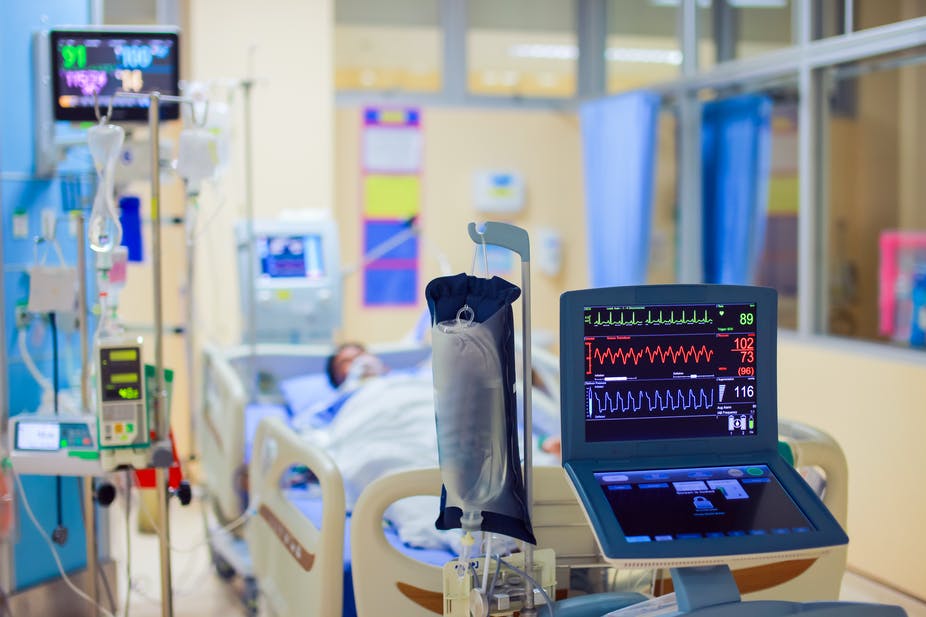As intensive care unit (ICU) departments adapted to the demands and challenges of COVID-19, there are three beneficial changes that will likely remain:
- Additional patient monitoring equipment within the ICU.
- Patient data can now be shown on the screen next to real time data.
- ICU space in hospitals will be expandable.
The additional patient monitoring equipment added to ICUs during the COVID-19 outbreak allows staff to monitor patients at other hospitals. Since attending staff was not always available for every patient during the pandemic, the additional equipment was necessary to allow for outsourced monitoring. Hospitals that have reported installing the equipment have been using these expanded systems.
One of the best innovations is side-by-side patient data. Having the ability to integrate patient information on the screen next to real time data such as heart rate, heart rhythm, blood pressure and other vitals allows specialists to view patient progress immediately without looking up patient records. This type of dual information demonstrates if a patient is responding to treatment.
The COVID-19 situation has informed hospitals of the need to quickly expand ICU treatment areas during future pandemics. Rather than being flagged as only having four or six ICU beds, the experience of expanding the department will remain as an action protocol that can be quickly implemented.
What all this means: hospitals may need fewer ICU staff members because they can monitor more patients at the same time virtually. Additionally, a patient may be more likely to remain in a rural hospital and avoid the need to be transferred to a larger facility. These operational changes, necessary as a response to COVID-19, are likely to continue and improve patient care and outcomes.



